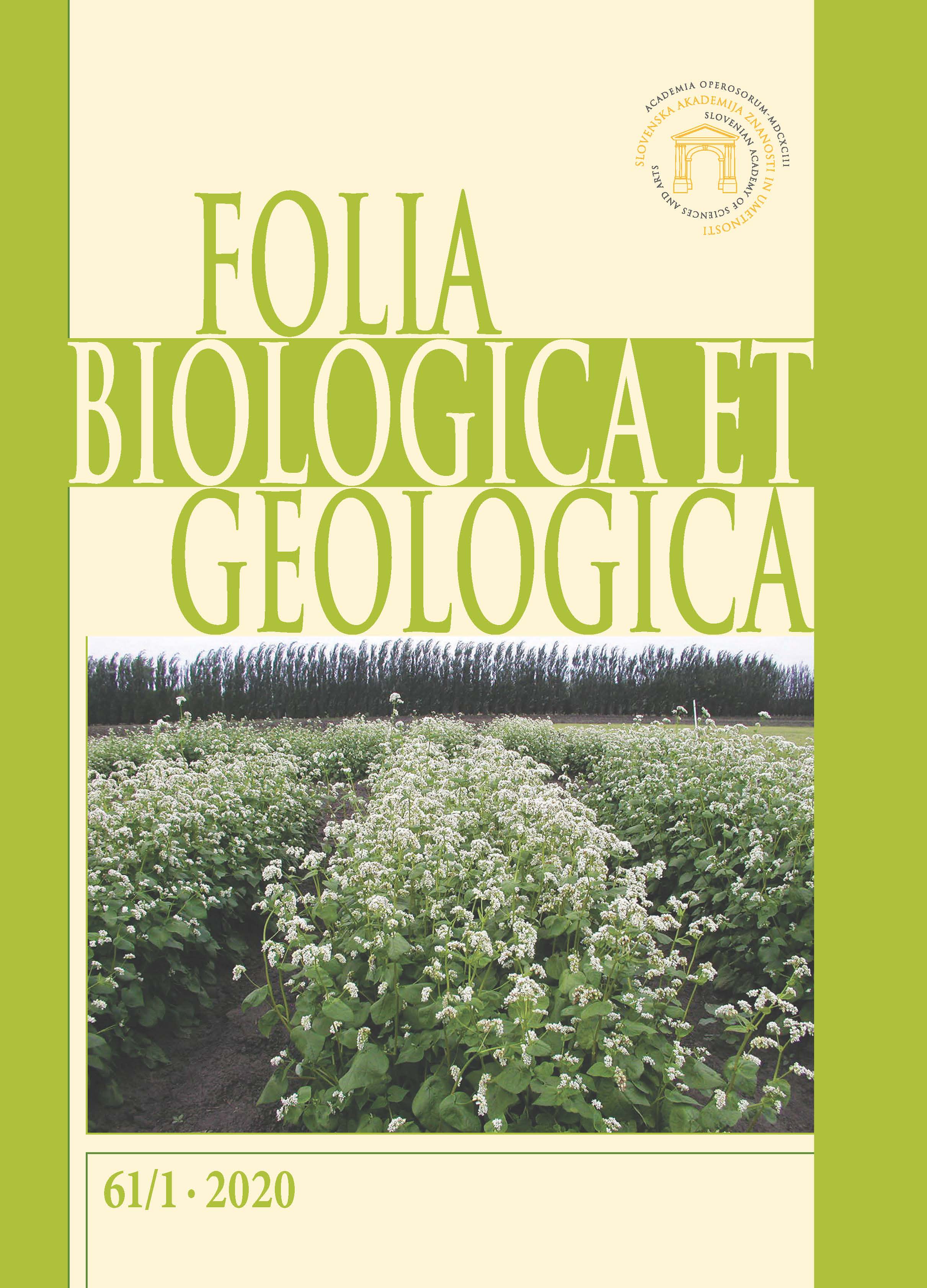Buckwheat Breeding. Past, Present and Future / Žlahtnjenje ajde v preteklosti, sedanjosti in prihodnosti
DOI:
https://doi.org/10.3986/fbg0064Abstract
Buckwheat crop improvement by breeding has been taking place over the past 100 years or more. During this time there has been improvements in many desirable agronomic characteristics which has resulted in higher yields in many of the breeding programs. Phenotypic modifications, such as dwarf, semi-dwarf and branching have been reported. There has also been an effort to increase flower number as this has been shown in cross pollinating buckwheat, to increase yields. Flower cluster modifications and their effects on yield have also been studied. Increased reports on the discovery of buckwheat wild species have been reported from several programs with many interspecific crosses having taken place. Several of these crosses were performed with Fagopyrum esculentum in efforts to increase variability which can be used to increase yield potential as well as to obtain increased nutritional components. More recent efforts have focused on the development of self-pollinating buckwheat, both from introgression of genes from Fagopyrum homotropicum as well as from mutations in cross pollinating buckwheat. The main problem has been in breeding depression which has occurred in many of the reported attempts. However, high yielding homomorphic, self-pollinating varieties have been developed and are now in commercial production. There is now emphasis being placed on many of the nutritional aspects of buckwheat flour as well as value added components. It is expected that this will increase over time.
Key words: Buckwheat breeding, homomorphic, autogamous buckwheat.
Izvleček
Žlahtnjenje ajde poteka že več kot 100 let. V tem času je bila dosežena izboljšava željenih agronomskih lastnosti, kar je pri mnogih programih žlahtnjenja omogočilo večje pridelke. Raziskovalci poročajo o fenotipskih modifikacijah, kot je pritlikava ali pol-pritlikava rast in razvejanje. Za povečanje pridelka so bile raziskane modifikacije socvetij. Število poročil o odkritjih divjih sorodnikov ajde in o mnogih medvrstnih križanjih se je v zadnjem času povečalo. V mnoga od teh križanj je bila vključena navadna ajda (Fagopyrum esculentum), da bi povečali variabilnost, kar bi lahko omogočilo povečanje pridelka in izboljšanje prehranskih lastnosti. Novejša prizadevanja so se osredotočila na razvoj samooplodnosti pri ajdi, z vključitvijo genov vrste Fagopyrum homotropicum, kot tudi mutacij pri ajdi, ki se je opraševala navzkrižno. Pri tem je bila glavna težava preseči depresijo zaradi samooploditev, depresija se je pojavila pri večih poskusih samooploditve. Ne glede na to je uspelo dobiti visokorodne homomorfne samooplodne sorte za ponudbo na trgu semen. Sedaj se prizadevanja usmerjajo k izboljšanju prehranske vrednosti ajde in pomembnih sestavin v ajdovi moki. Pričakovati je, da se bo pomen prehranske vrednosti ajde sčasoma še povečeval.
Ključne besede: žlahtnjenje ajde, homomorfnost, samooplodna ajda




